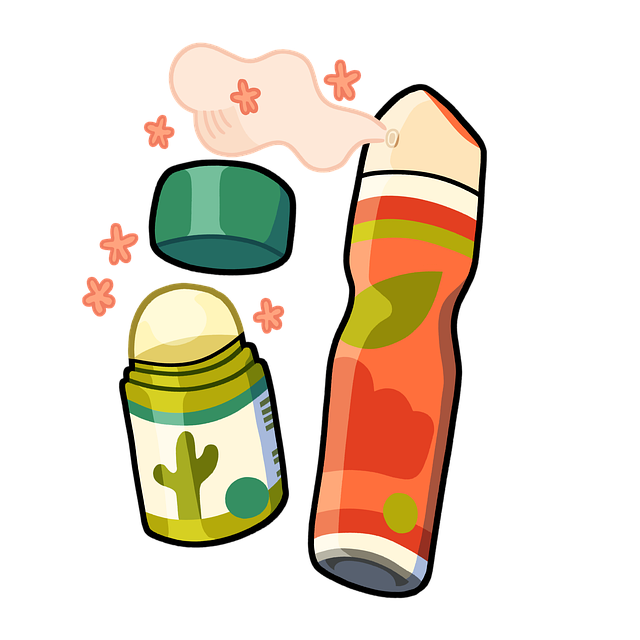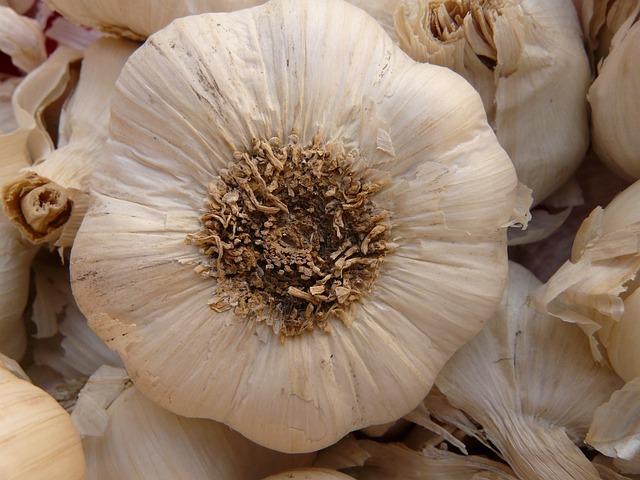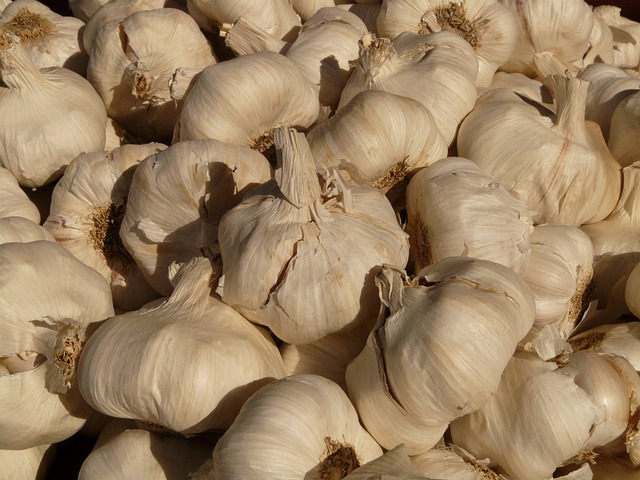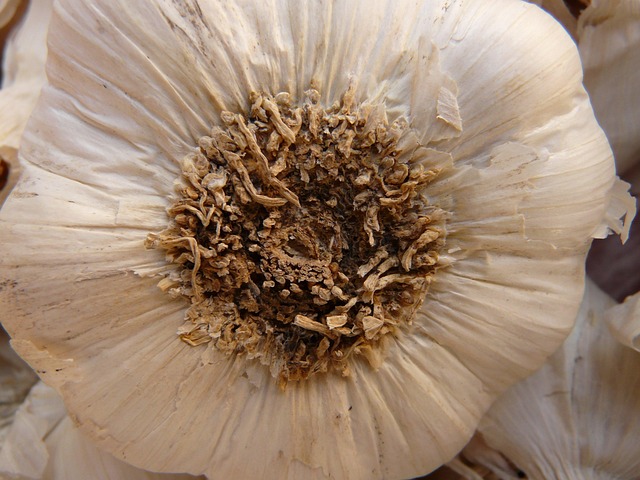This text offers comprehensive guidance on Odor Removal from upholstery, addressing challenges posed by various fabric types and odor sources. It advocates for a multi-faceted approach combining natural methods (baking soda, vinegar), chemical solutions (selecting appropriate cleaners for different fabrics, testing before application), professional cleaning techniques (steam cleaning, specialized odor neutralizers), and preventive measures (regular cleaning, ventilation, prompt stain treatment). The emphasis is on understanding fabric properties, proper cleaning techniques, and maintaining a fresh, hygienic living space. Persistent odors despite efforts may warrant replacing upholstered items.
“Upholstery odors can range from mild discomforts to strong, persistent smells that can make your living spaces less welcoming. Understanding the causes and types of these odors is the first step towards effective removal. This article explores a comprehensive guide to odor removal from upholstery, covering natural methods, chemical solutions, common mistakes to avoid, fabric-specific cleaning products, professional techniques, DIY tips, preventive measures, and when to replace items. Discover how to keep your furniture fresh and free from unwanted smells.”
Understanding Upholstery Odors: Causes and Types

Upholstery odors can be a common household dilemma, stemming from various sources and manifesting in numerous forms. Understanding these odors is the first step in effective odor removal. Common causes include spills, pet accidents, mold growth, and simply the accumulation of dust and debris over time. These factors can lead to unpleasant smells that permeate fabrics, making them challenging to eliminate.
Different types of upholstery materials have distinct properties, which influence how deeply odors can embed themselves. For instance, fabric with tight weaves might trap particles more effectively, while loose-knit fabrics allow for better air circulation but can still absorb odors. Knowing these variations helps in tailoring odor removal techniques accordingly, ensuring the best outcomes for various types of upholstery.
Natural Methods for Efficient Odor Removal

Natural methods offer a gentle yet effective way to tackle upholstery odor removal, providing an eco-friendly alternative to harsh chemicals. Ingredients found right in your kitchen can be powerful deodorizers. Baking soda, for instance, is renowned for its ability to absorb odors; sprinkling it on the affected area and letting it sit before vacuuming can significantly reduce smells. Similarly, vinegar, a common household cleaner, can neutralize unwanted scents. Combining equal parts water and white vinegar in a spray bottle creates a natural cleaning solution that can be used to refresh fabric furniture.
These simple remedies not only eliminate odors but also leave behind a fresh, clean scent. Additionally, they are safe for various types of upholstery fabrics, making them versatile choices for thorough yet non-damaging odor removal. By opting for these natural methods, you can achieve a hygienic and pleasant living space without resorting to strong chemicals.
Chemical Solutions: When and How to Use Them

When it comes to odor removal from upholstery, chemical solutions can be highly effective but should be used judiciously. These products often contain powerful fragrances and chemicals designed to eliminate stubborn smells. They are best employed for tough cases where natural methods have proven ineffective. For instance, if your upholstery has absorbed pet odors, smoke residue, or strong food stains, a chemical solution might be the key to restoring freshness.
To use these solutions properly, start by testing them on a small, inconspicuous area of the upholstery first. This ensures that the product doesn’t cause discoloration or damage. Following the manufacturer’s instructions is crucial for safe and effective application. Once you’re confident in its suitability, apply the solution evenly over the odorous areas, allow it to sit as directed, then wipe clean with a damp cloth. Regular maintenance and timely treatment can help prevent odors from returning, keeping your upholstery fresh and clean.
Common Mistakes to Avoid During the Cleaning Process

When tackling odor removal from upholstery, it’s essential to steer clear of common mistakes that can hinder your cleaning efforts and leave behind stubborn scents. One significant blunder is using unregulated, strong chemicals without understanding their impact on fabrics and the environment. Over-aggressive cleaners might damage the upholstery or emit harsh fumes, creating a new set of problems. Additionally, insufficient pre-treatment of stained or soiled areas could result in ineffective cleaning and persistent odors.
Another mistake to avoid is skipping the necessary steps of identifying the source of the odor and properly ventilating the space. Odors can be complex, stemming from various sources like pet accidents, mold growth, or food stains. Effective odor removal requires targeting these root causes. Moreover, inadequate drying processes post-cleaning may lead to moisture buildup, fostering microbial growth and exacerbating odorous conditions. Always ensure thorough drying and proper ventilation throughout the cleaning process for optimal results in odor removal.
Choosing the Right Cleaning Products for Different Fabric Types

When tackling odor removal from upholstery, selecting the appropriate cleaning products is key, especially for various fabric types. Different fabrics, from cotton to silk and leather, require specific care to maintain their integrity while effectively eliminating odors. For example, gentle, pH-neutral cleaners are ideal for delicate fabrics like linen or wool, ensuring they remain soft and don’t suffer color fading. In contrast, sturdy materials such as polyester or acrylic can withstand stronger cleaning solutions, which may include enzymes or bacteria designed to break down organic compounds causing the odor.
For a successful odor removal process, consider fabric care instructions. Always test any cleaning product on a hidden area first to check for discoloration or damage. Additionally, understanding the source of the odor guides your product choice. Pet odors require specific enzymatic cleaners, while smoke or mold might demand products with powerful deodorizing agents. The right product ensures effective odor elimination without causing further issues, preserving your upholstery’s quality and appearance.
Professional Upholstery Cleaning Techniques

Professional upholstery cleaning techniques have evolved significantly, offering effective solutions for odor removal while ensuring fabrics are carefully treated. One popular method involves steam cleaning, which uses high-pressure steamed water to gently yet powerful dislodge dirt and odors from deep within the fabric’s fibers. This technique is particularly beneficial for delicate fabrics as it avoids harsh chemicals.
Another advanced approach is the use of specialized odor neutralizers. These products are designed to combat specific types of smells, such as pet odors or smoke residue. By targeting the root cause, these neutralizers effectively eliminate unpleasant aromas, leaving upholstery fresh and clean. This method is often combined with deep cleaning techniques for maximum impact in odor removal.
DIY Tips for Freshening Up Your Furniture

Keep your furniture smelling fresh and clean with some simple DIY tricks. One effective method is to sprinkle baking soda over the affected area, let it sit for a few hours, then vacuum thoroughly. Baking soda acts as a natural deodorizer, absorbing unwanted odors. Alternatively, mix equal parts white vinegar and water in a spray bottle, spritz onto the upholstery, and allow it to air dry—this mixture helps eliminate bacteria and freshens the fabric.
For a powerful cleaning solution, create a paste with baking soda and lemon juice, apply it to the stains, and let it work its magic for an hour before rubbing it in gently with a soft cloth. The acidity of lemon juice cuts through grease and grime while the baking soda provides additional odor absorption. Regularly dusting your upholstery with a microfiber cloth can also prevent the buildup of dirt and moisture, which are breeding grounds for odors.
Preventive Measures: Keeping Odors at Bay

Regular cleaning and maintenance are key to preventing upholstery odors from taking hold. Vacuuming your furniture regularly, both with a traditional vacuum cleaner and a specialty upholstery brush attachment, helps remove dust, dirt, and dead skin cells that can contribute to malodors. Additionally, using fabric-safe cleaning solutions or natural remedies like vinegar or baking soda during routine cleaning can help eliminate existing odors before they become embedded in the fabric fibers.
Other preventive measures include avoiding contact with potentially odor-causing substances like food, pet accidents, or strong chemical products. Promptly addressing any spills or stains ensures that they don’t attract microbes and produce unpleasant smells over time. Regular ventilation of rooms with good air circulation also plays a vital role in keeping odors at bay, as it helps dissipate any trapped scents.
When to Replace Upholstered Items

If your upholstered items have endured persistent or strong odors, despite thorough cleaning and odor removal attempts, it might be time to consider replacement. Over time, fabrics can retain odors from spills, pets, or mold, making them difficult to eliminate completely. Regular exposure to such scents can be off-putting, leading to a less comfortable living environment.
When replacing upholstery, prioritize items that are frequently used and visible, as fresh, odor-free fabric will instantly enhance the overall ambiance of your space. Remember, preventing odor issues through regular maintenance, including deep cleaning and addressing any water damage promptly, is key to prolonging the life of your upholstered furniture and reducing replacement needs.
